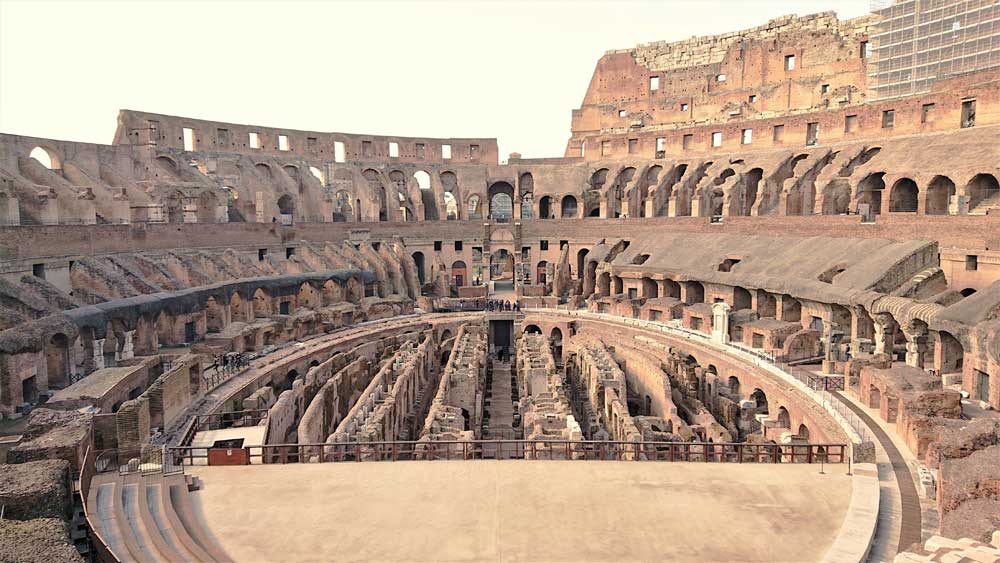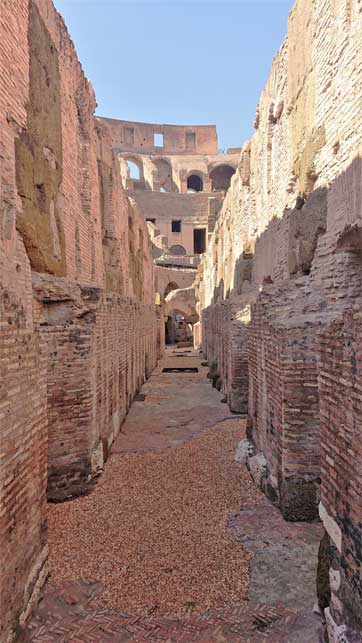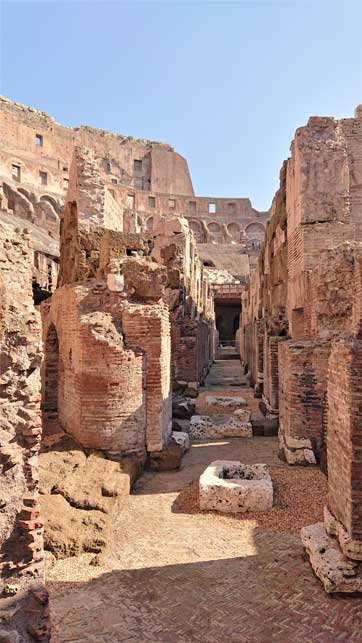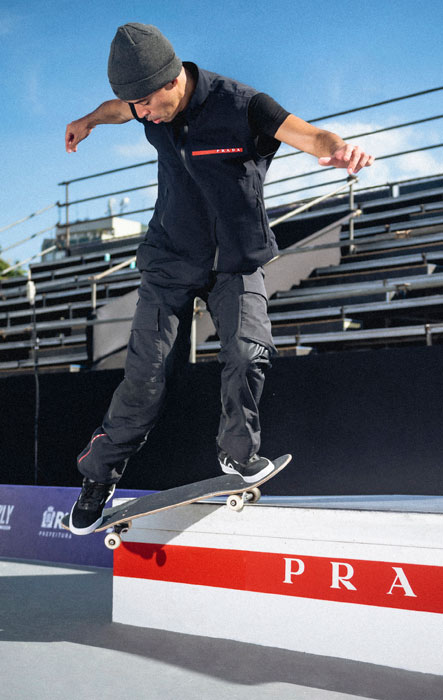Tod’s Group have participated in the restoration of the Colosseum, giving this internationally renowned monument back to the world, a symbol of both Roman and Italian history.
The end of the second phase of the project celebrates the history of this iconic landmark and the symbolic message of trust in its repair.
The restoration of the Colosseum is an initiative that was developed by the Commissioner of the Archaeological area of Rome and Ostia Antica in agreement with Rome’s Archaeological Heritage Department.
The project was then executed thanks to the support of theTod’s Group.
The second phase of the project, which began in December 2018 under the supervision of the new autonomous institute Parco Archeologico del Colosseo, has focused on the Colosseum’s hypogea, a monument within the monument, corresponding to the portion of the amphitheater which lies below the arena and that in ancient times was invisible to the spectators.
The restoration saw the involvement of more than 80 people, including archaeologists, restorers, architects, engineers, surveyors and construction workers.
At the end of the works, a 160 metre long walkway was installed in the Colosseum, opening up to visitors an area of the monument that had never been accessible before.

After 781 days from the opening of the construction site and more than 55,700 hours of work,the restoration activities have brought back a total area of 15,000 m2
to its former glory.
This second installment consolidates Tod’s Group’s commitment to this World Heritage site – a commitment that was established with the Group’s support of the restoration of the external facade of the Colosseum, which was completed in 2016.
The project will continue with the restoration of the building’s galleries of the Colosseum’s second order, and with the overall optimization of the technical implementation.
Finally,the service centre will be relocated and moved in the outer area of the Colosseum, allowing visitors to access it in a more comfortable manner.
PHASES OF THE PROJECT
2011: Tod’s announces its support to the restoration of the Colosseum
• 2013:Beginning of the first phase of the restoration project,which was carried out on the Northern and Southern façades of the Colosseum,totaling a surface area of approximately 13,300 m2
• 2016: Conclusion of the first phase of the project
• 2018: Beginning of the second phase, which was conducted in the hypogea of the Colosseum
• 2021: Tod’s Group announces the end of the second phase of the restoration project
THE HYPOGEA
The Colosseum’s hypogea extend for about half a hectare and are surrounded by a perimeter wall and 14 partitions that identify a network of corridors.
The central corridor housed the machines and equipment necessary for the performance of the shows. Until 523 AD, the year in which record indicates the last show, spectators could not enter thehypogea and access was possible through 4 underground galleries.
Spectators could not gaze at the hypogea, as this area was used as a backstage for the grandiose shows that took place in the arena until 523AD, the date in which records indicate the last show.
The Colosseum, which could accommodate between 50,000 and 75,000 spectators, was equipped with a series of technological devices used for the appearance of men, animals and stage equipment on the arena. Among the devices dating back to the Flavian age, it is still possible to see the sequences of elevators housed in the corridors of the underground area.
They are respectively 24 mobile platforms and 28 wooden elevators containing cages raised by winches.
THE RESTORATION IN NUMBERS
15,000 m2 – total surface area restored, including:
4000 m2 – in travertine, peperino and tuff
2.000 m2 – rubble stone fill protection
6.300 m2 – in brick
700 m2 – Opus spicatum paving
1.000 m2 – in plaster
1.500 m2 – Opus signinum paving
The restoration project started in December 2018 and ended after 781 days of work, including the necessary interruption due to the global pandemic.
The total hours of work among workers and restorers were 55,723, equal to about 28 years of work of a single person.
The construction site activities involved three work teams: the Works
ManagementGroup, theTest Commission and the Company, for a total of 81 people, including:
• 45 restorers
• 14 archaeologists
• 13 construction workers
• 4 engineers
• 3 architects
• 2 surveyors








